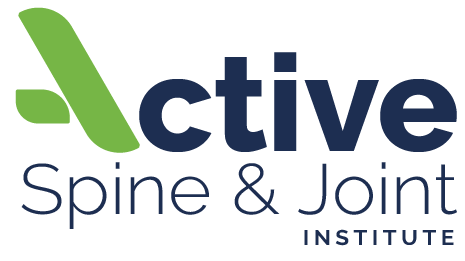Standing Desks: Are They All They’re Cracked Up to Be?
In today's health-conscious world, standing desks have become a popular solution for those who spend long hours at their desks. Promising a way to combat the negative effects of prolonged sitting, they have gained significant attention. But are standing desks the answer to our sedentary woes?
The Benefits of Standing Desks
No doubt sitting for extended periods can wreak havoc on your health. According to the CDC, over 60% of U.S. adults don’t engage in the recommended amount of physical activity, and roughly 25% aren’t physically active at all. This sedentary lifestyle increases the risk of diabetes, heart disease, weight gain, and obesity. As well as joint pain and back pain. Standing desks, which allow you to work while standing, can help reduce the time spent sitting and thereby mitigate these risks.
The Drawbacks of Standing Desks
However, it’s important to note that standing all day isn’t a cure-all. In fact, it can lead to its own set of problems. Studies have found strong associations between lower back pain and occupations that require prolonged standing, such as bank tellers and production line workers. Standing for long periods can also negatively impact your leg muscles, tendons, and connective tissue, and may even cause varicose veins.
The Best Approach: Alternating Between Sitting and Standing
The key to reaping the benefits of a standing desk without falling victim to its drawbacks is to alternate between sitting and standing. Research suggests that a ratio of 1:1 or 2:1 sitting to standing time is optimal for comfort and energy levels without affecting productivity. For every 1 to 2 hours you sit, spend 1 hour standing. Try to switch positions every 30 to 60 minutes.
Tips for Optimal Desk Ergonomics
No matter what type of desk you use, maintaining proper ergonomics is essential:
Desk Height: Set your desk at about elbow height, ensuring your elbows are at a 90-degree angle from the floor.
Screen Position: Place your screen 20-28 inches from your face, with the top of the screen at eye level and a slight upward tilt of 10-20 degrees. This prevents neck strain by keeping your head in a neutral position.
Standing desks can be a great addition to your workspace, but they are not without their drawbacks. To maximize their benefits and minimize any negative effects, invest in a height-adjustable desk and ensure you alternate between sitting and standing throughout your day. This approach can help you combat the adverse effects of prolonged sitting, alleviate low back pain, and prevent tech neck and joint pain.
Of course, if you sit or stand, and are experiencing any type of neck pain, shoulder pain, or back pain, be sure to come in to Active Spine and Joint Institute for an adjustment, before the pain gets any worse.
